Traceability matrix is a table type document that is used in the development of software application to trace requirements. It can be used for both forward (from Requirements to Design or Coding) and backward (from Coding to Requirements) tracing. It is also known as Requirement Traceability Matrix (RTM) or Cross Reference Matrix (CRM).
It is prepared before the test execution process to make sure that every requirement is covered in the form of a Test case so that we don't miss out any testing. In the RTM document, we map all the requirements and corresponding test cases to ensure that we have written all the test cases for each condition.
The test engineer will prepare RTM for their respective assign modules, and then it will be sent to the Test Lead. The Test Lead will go repository to check whether the Test Case is there or not and finally Test Lead consolidate and prepare one necessary RTM document.
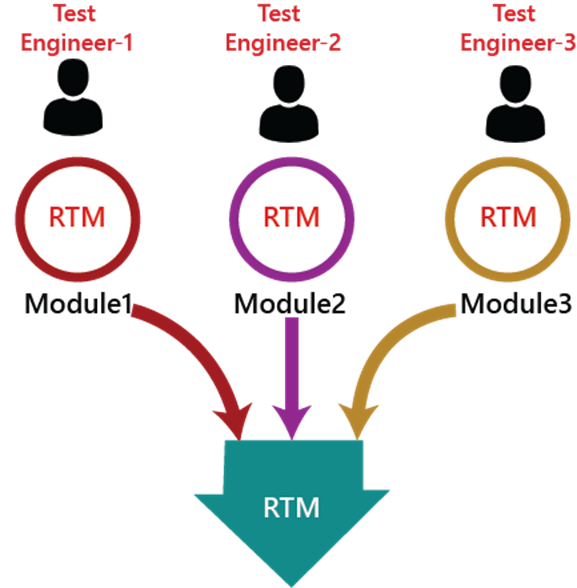
This document is designed to make sure that each requirement has a test case, and the test case is written based on business needs, which are given by the client. It will be performed with the help of the test cases if any requirement is missing, which means that the test case is not written for a particular need, and that specific requirement is not tested because it may have some bugs. The traceability is written to make sure that the entire requirement is covered.
We can observe in the below image that the requirement number 2 and 4 test case names are not mentioned that's why we highlighted them, so that we can easily understand that we have to write the test case for them.
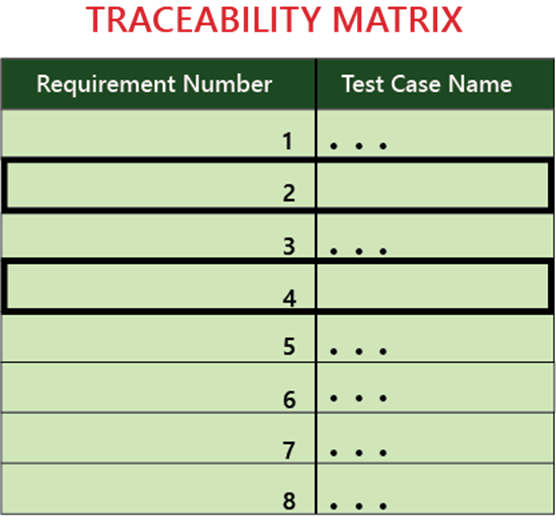
Generally, this is like a worksheet document, which contains a table, but there are also many user-defined templates for the traceability matrix. Each requirement in the traceability matrix is connected with its respective test case so that tests can be carried out sequentially according to specific requirements.
Note:
We go for RTM after approval and before execution so that we don't miss out on any Test Case for any requirement.
We don't write RTM while writing the testing because it can be incomplete, and after writing the test case, we don't go here because the test case can be rejected.
RTM document ensures that at least there is one test case written in each requirement, whereas it does not talk about all possible test cases written for the particular requirement.
RTM Template
Below is the sample template of requirement traceability matrix (RTM):

Example of RTM template
Let us one sample of RTM template for better understanding:
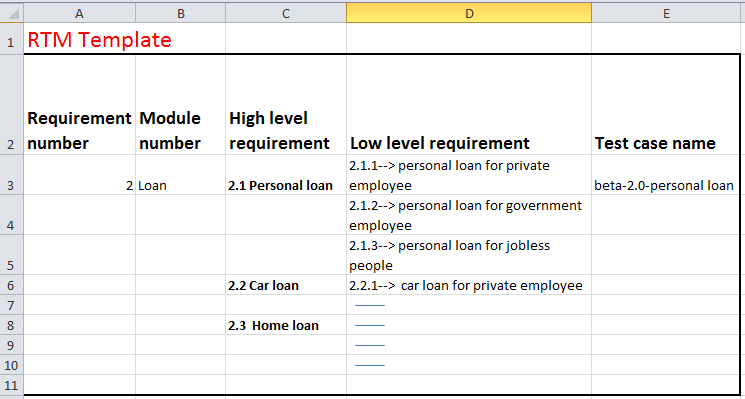
Goals of Traceability Matrix
- It helps in tracing the documents that are developed during various phases of SDLC.
- It ensures that the software completely meets the customer's requirements.
- It helps in detecting the root cause of any bug.
Types of Traceability Test Matrix
The traceability matrix can be classified into three different types which are as follows:
- Forward traceability
- Backward or reverse traceability
- Bi-directional traceability
Forward traceability
The forward traceability test matrix is used to ensure that every business's needs or requirements are executed correctly in the application and also tested rigorously. The main objective of this is to verify whether the product developments are going in the right direction. In this, the requirements are mapped into the forward direction to the test cases.
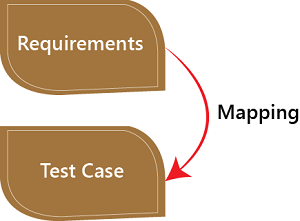
Backward or reverse traceability
The reverse or backward traceability is used to check that we are not increasing the space of the product by enhancing the design elements, code, test other things which are not mentioned in the business needs. And the main objective of this that the existing project remains in the correct direction. In this, the requirements are mapped into the backward direction to the test cases.
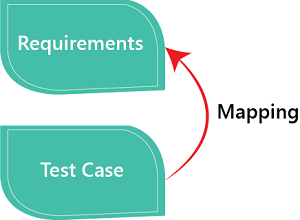
Bi-directional traceability
It is a combination of forwarding and backward traceability matrix, which is used to make sure that all the business needs are executed in the test cases. It also evaluates the modification in the requirement which is occurring due to the bugs in the application.
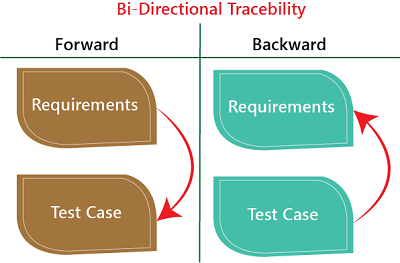
Advantage of RTM
Following are the benefits of requirement traceability matrix:
- With the help of the RTM document, we can display the complete test execution and bugs status based on requirements.
- It is used to show the missing requirements or conflicts in documents.
- In this, we can ensure the complete test coverage, which means all the modules are tested.
- It will also consider the efforts of the testing teamwork towards reworking or reconsidering on the test cases.



0 Comments